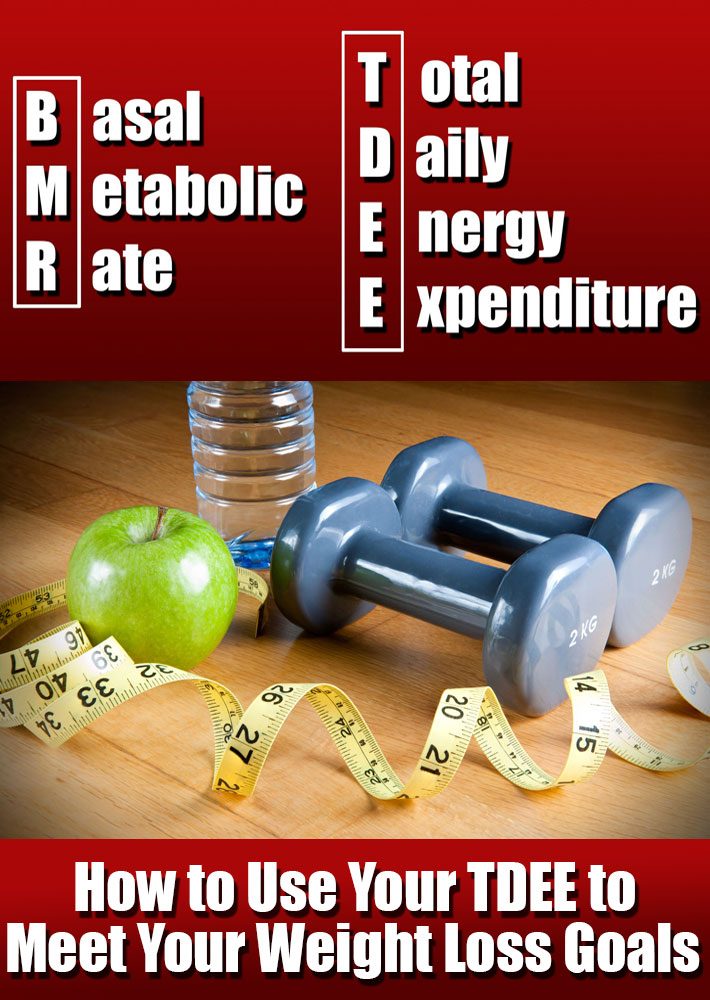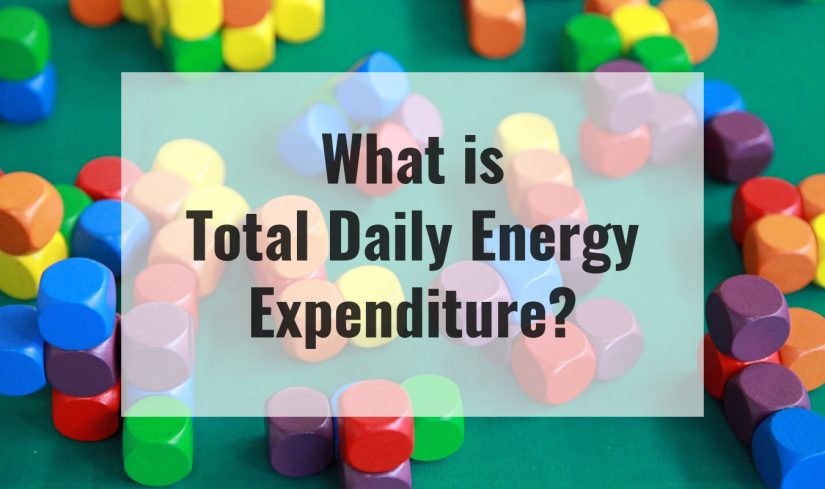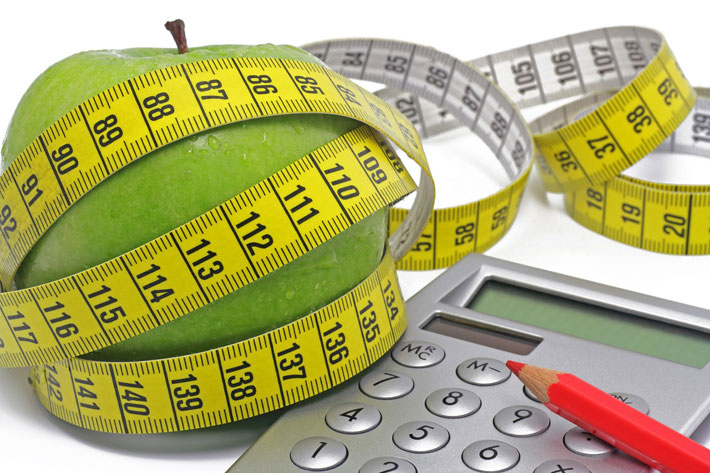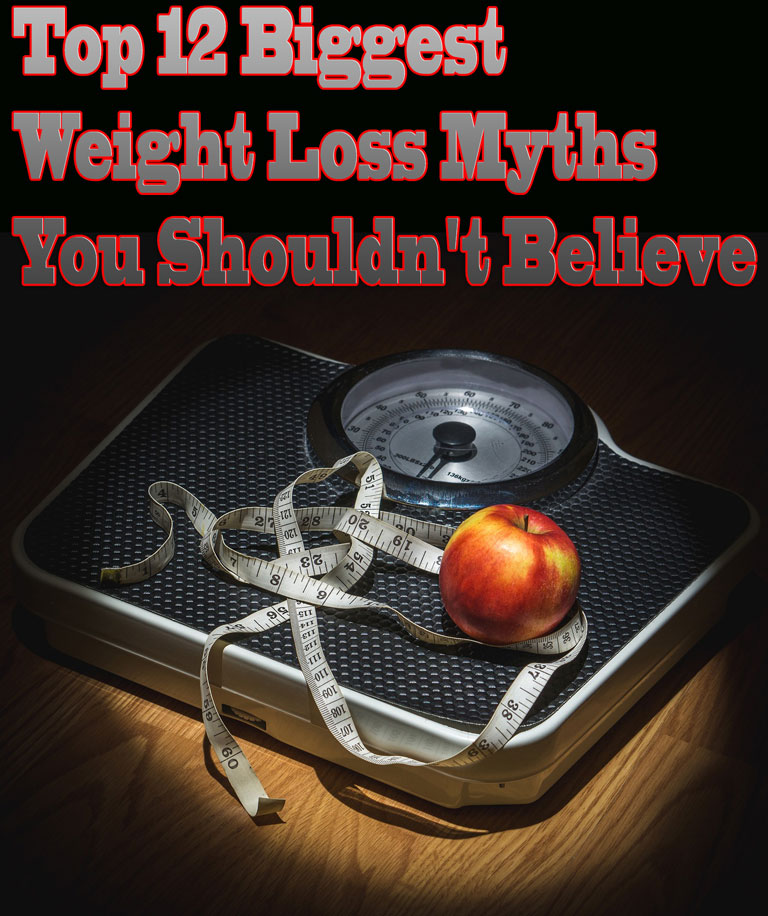
Very simply, TDEE is the total number of calories you burn each day. Though everyone’s TDEE varies, with factors like genetics, age, gender, and weight playing a role, it’s still a great tool to use as a barometer for success.
If you’ve ever tried to lose weight, then you’re probably familiar with the calories-in, calories-out equation: to drop pounds, you need to burn more calories than you take in. But how many calories do you burn on an average day? Most people think only about how many calories they burn during a workout. In reality, your body is working all day long burning calories to function and survive.
Of course, everyone’s body is different and burns calories at different rates, thanks to their metabolisms. But in general, there’s a guideline to figure out how many calories you burn in a day. Understanding that number is the key to figuring out how many calories you should eat depending on your goals: whether you want to lose weight, maintain, or gain.
Understanding Your TDEE and BMR

The total number of calories that your body expends in 24 hours is known as its total daily energy expenditure, or TDEE. This includes all activities, including what your body burns to maintain bodily function and activity.
To understand your TDEE, it starts with your basal metabolic rate, or BMR, which is the amount of energy a person needs to keep their body functioning at rest. This accounts for what your body burns to keep your heart beating, keep your brain functioning, digest food, and so on. However, this number doesn’t account for daily activity or intense workouts.
You can get your BMR tested using a variety of scanners, including machines that send electrodes through your body, like the InBody Scan, or a smart scale. If you don’t have access to any of these devices, you can also calculate it using a math formula known as the Harris-Benedict formula. For a woman, the calculation is:
BMR = 655 + (1.8 x height in centimeters) + (9.6 x weight in kilograms) – (4.7 x age in years)
For a woman who is 30, 5’6″ (167.6 centimeters), and 150 pounds (68 kilograms), her BMR would be: 655 + 301.7 + 653 – 141 = approximately 1,470 calories a day.
Factoring In Your Activity Level
To get your full TDEE, you need to multiply your BMR by your activity level. Using the Harris-Benedict formula, the equations look like:
- Sedentary (little or no exercise, desk job): BMR x 1.2
- Lightly active (light exercise or sports one to three days a week): BMR x 1.375
- Moderately active (moderate exercise or sports six to seven days a week): BMR x 1.55
- Very active (hard exercise every day or exercising twice a day): BMR x 1.725
- Extra active (hard exercise two or more times per day, or training for a marathon or triathlon): BMR x 1.9
So if your BMR is 1,470 calories a day and you are moderately active six to seven days a week, your TDEE would be approximately 2,280 calories a day.
Although this formula is a good place to start, it’s not exact. If you embark on a particularly difficult workout one day, for example, you will probably burn more calories than on active rest days where you just walk for 30 minutes.
How to Use Your TDEE to Meet Your Goals

Once you’ve figured out your TDEE, you can use this number to figure out how many calories you should eat in a day. If your TDEE is 2,280, you can continue to eat 2,280 calories a day to maintain your weight. If you want to lose weight at a healthy rate of one pound a week (remember, the more slowly you lose the weight, the more likely you are to keep it off), you would have to decrease your calorie intake each day by 500 calories since one pounds equals 3,500 calories, explained registered dietitian and personal trainer Jim White, ACSM, owner of Jim White Fitness and Nutrition Studios. So instead of 2,280, you would eat 1,780 calories a day.
To gain weight, you should shoot to eat more than you burn. Putting on muscle requires strength training and an increase in protein, about 0.5 to 0.8 grams of protein per pound of bodyweight (75-120 grams of protein for that 150-pound person). In general, you should start with eating a few hundred more calories a day than you burn and adjust from there. As always, be sure to visit a doctor or registered dietitian to decide on your exact daily calorie needs.




Leave a Reply